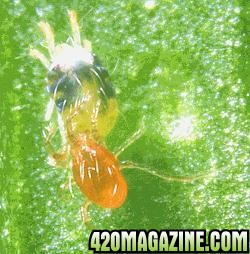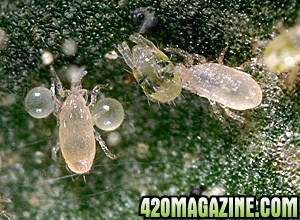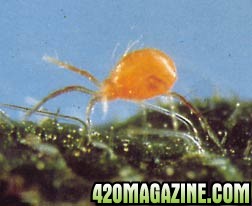HHGreenHand
New Member
Are there any live insects that eat spider mites? My environment is indoors, yet very tropical. I have a carnivorus saddleback spider in the area to keep airbourne insects out. Anything for those little egg-laying, red bastards? Lady Bugs eat aphids and are known to treat many plants such as roses. Im hoping for something similar. I love insects! Some babies amongst my babies would brighten my day






